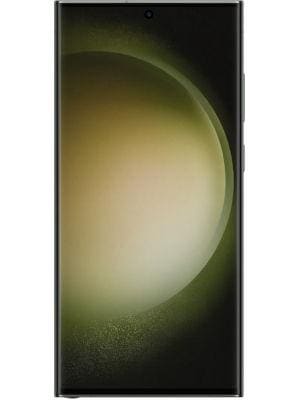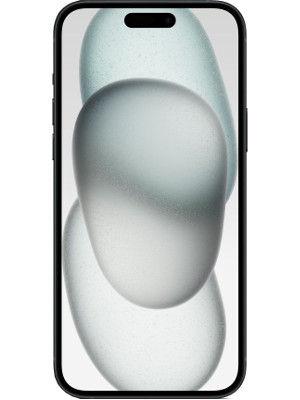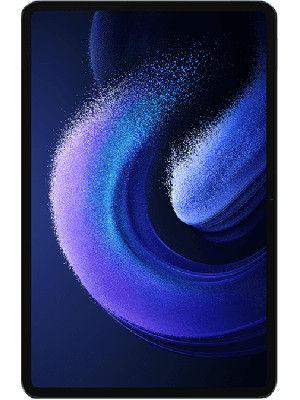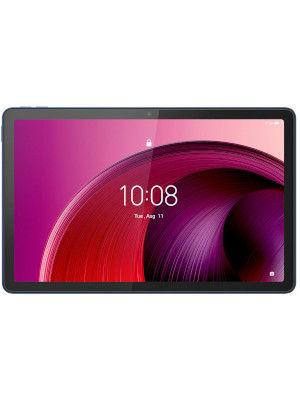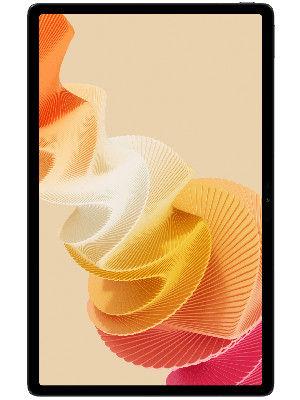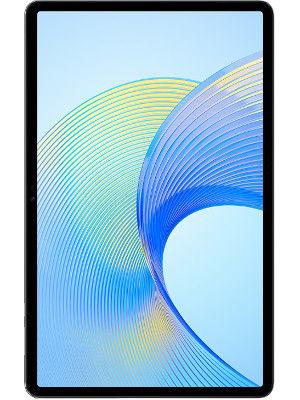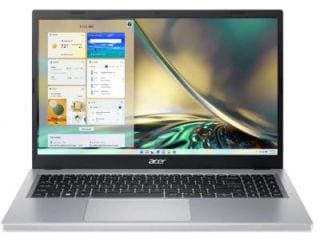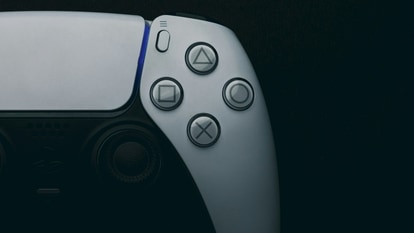Soon, smartphone to help detect counterfeit goods
What about a smartphone-readable device that can help authenticate currency, electronic parts and luxury goods to minimise counterfeit?
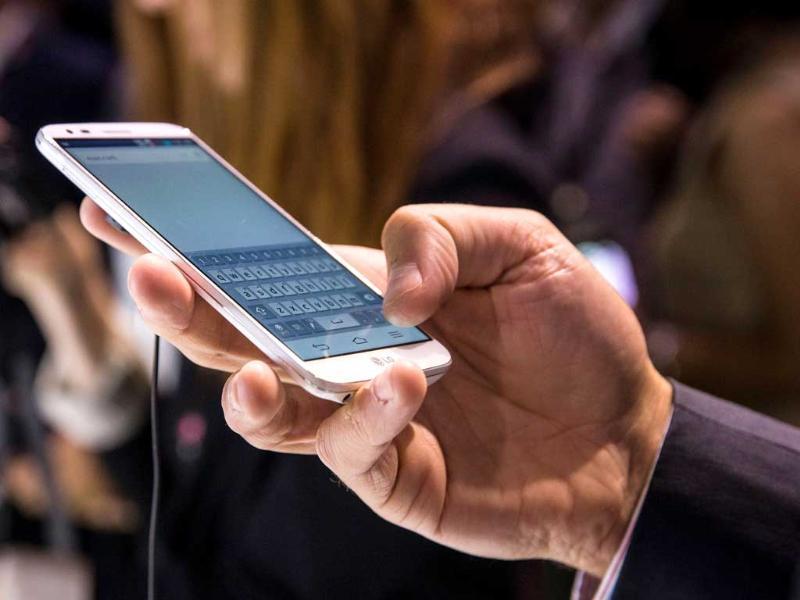
What about a smartphone-readable device that can help authenticate currency, electronic parts and luxury goods to minimise counterfeit?
Chemical engineers from Massachusetts Institute of technology (MIT) have invented a new type of tiny, smartphone-readable particle that is invisible to the naked eye, contain colored stripes of nanocrystals that glow brightly when lit up with near-infrared light.
"These particles can easily be manufactured and integrated into a variety of materials and can withstand extreme temperatures, sun exposure and heavy wear," explained Patrick Doyle, a chemical engineering professor at MIT.
They could also be equipped with sensors that can "record" their environments.
To manufacture the particles, the researchers used stop-flow lithography, a technique developed previously by Doyle.
Many strategies have been developed to try to label legitimate products and prevent illegal trade - but these tags are often too easy to fake, the researchers found.
Using this procedure, the researchers can generate vast quantities of unique tags.
With particles that contain six stripes, there are one million different possible colour combinations. This capacity can be exponentially enhanced by tagging products with more than one particle.
For example, if researchers create a set of 1,000 unique particles and then tag products with any 10 of those particles, there would be 1,030 possible combinations - far more than enough to tag every grain of sand on earth.
"It is really a massive encoding capacity. You can apply different combinations of 10 particles to products from now until long past our time and you will never get the same combination," Doyle noted.
Another advantage to these particles is that they can be read without an expensive decoder like those required by most other anti-counterfeiting technologies.
Using a smartphone camera equipped with a lens offering 20-fold magnification, anyone could image the particles after shining near-infrared light on them with a laser pointer.
The researchers are also working on a smartphone app that would further process the images and reveal the exact composition of the particles, a paper published in the journal Nature Materials.
Catch all the Latest Tech News, Mobile News, Laptop News, Gaming news, Wearables News , How To News, also keep up with us on Whatsapp channel,Twitter, Facebook, Google News, and Instagram. For our latest videos, subscribe to our YouTube channel.

